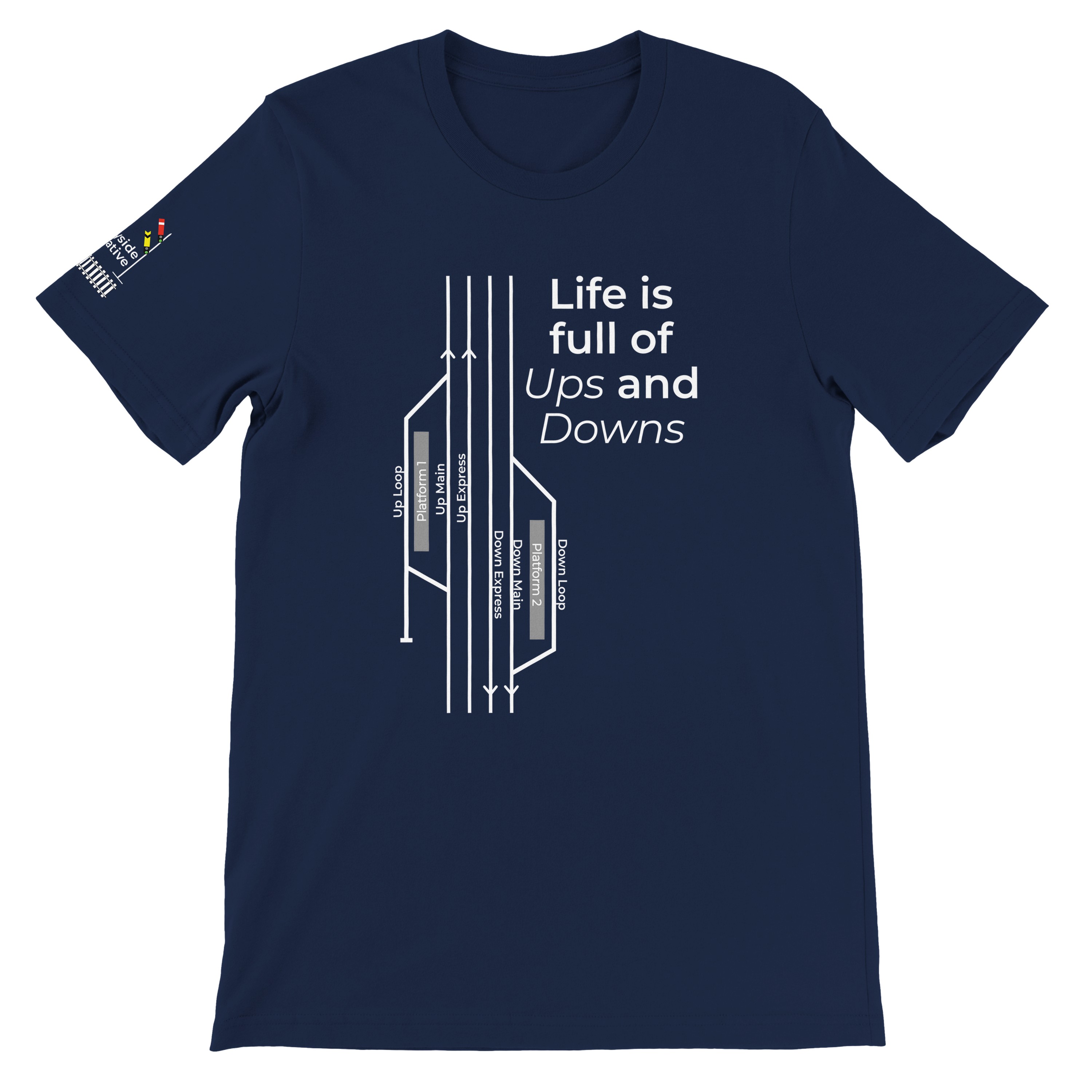
Life is full of Ups and Downs
In railway terminology, the concepts of "up" and "down" are used to indicate the direction of train movement on a network. These terms have historical origins and vary slightly depending on the country or railway system.
Up" Direction: Refers to trains traveling toward a central point of significance, such as the capital city, main terminus, or headquarters of the railway. For example, in the UK, "up" trains usually head toward London."
"Down" Direction: Refers to trains moving away from the central point, heading toward smaller towns, regions, or the railway network's periphery.
History
The "up" and "down" terminology is believed to have originated in early British railways during the 19th century, reflecting the hierarchical structure of railway operations centered on major cities like London. It became a convention to define routes in relation to the primary hub of the railway system.
As railways expanded globally, many systems adopted similar conventions.
In Australia, "up" often refers to trains heading toward state capitals like Sydney or Melbourne, while "down" leads to regional areas.
In France, directions are usually defined relative to Paris.
This system enhances clarity for train dispatchers, operators, and maintenance crews by standardizing how routes and movements are described. It's also a nod to the historical roots of railways as pioneering feats of transportation engineering.